- BMW M2 CS becomes the new affordable ‘Ring king Torquecafe.com
- 2026 BMW M2 CS Sets a New Nürburgring Record for a Compact Car Car and Driver
- BMW M2 CS Wins 2025 BMW M Award BimmerLife
- New Compact King at the ‘Ring: BMW M2 CS Obliterates Nordschleife Record duPont REGISTRY News
- BMW Teases M2 CS Nürburgring Lap Time. How Fast Is It? BMW Blog
Category: 4. Technology
-

BMW M2 CS becomes the new affordable ‘Ring king – Torquecafe.com
-

iPhone 17 Pro Max’s battery capacity rumored to be larger than its predecessor’s
The iPhone 17 Pro Max will come with a larger battery than its predecessor’s 4,685 mAh cell. According to a new rumor out of China today, the iPhone 17 Pro Max will finally be the first iPhone to reach 5,000 mAh.
As you may know, that’s pretty much been the default capacity for flagship Android devices up until recently, when Chinese brands started using Si/C batteries thus taking them past that limit, while Samsung and Google have been content to stay around the 5,000 mAh mark, for now at least.
iPhone 16 Pro Max
Throughout Apple’s iPhone Pro Max line, every new generation brought with it a slight increase in battery size, aside from the iPhone 14 Pro Max which actually had an ever so slightly smaller cell than the iPhone 13 Pro Max.
Apple iPhone 16 Pro Max
Source (in Chinese)
Continue Reading
-

1TB to 10TB Lifetime Cloud Storage at a Huge Discount
Cloud storage is only as good as its security, and this service gets it right. With its eye-catching bundle of lifetime storage plus encryption, you only pay once instead of facing monthly fees like with most providers.
Right now, you can save up to $1,320 and enjoy up to 10 TB of secure, client-side encrypted storage for life. And that’s just the beginning. This platform is also packed with powerful features designed to protect and simplify your digital life.
Claim pCloud Discount Today
Save Over $1,300 on a Top Cloud Storage (Now with Full Encryption)
pCloud’s price was never its strong suit compared to some of its competitors. Luckily, its mood improved, as we witnessed some of the cheapest online storage deals. So, what’s in it for you? Here are the discounts:
- 1 TB encrypted cloud storage is $199; it was $664 before.
- 2 TB encrypted cloud storage is $270; it was $828 before.
- 10 TB encrypted cloud storage is $799; it was $2,119 before.
The discounts go up to 70% and allow you to save over $1,300.
The best budget-friendly plan is the 1 TB one. It includes pCloud Encryption, which is normally a paid add-on. As part of the promotion, pCloud includes it natively, without added cost. Heck, you even get a discount!
The promotion applies to new users only; recurring users are ineligible.
It’s worth noting that all three deals come with a 14-day money-back guarantee. This is ample time to test pCloud and gauge its quality. According to our review, it’s excellent, but you’re ultimately the judge.
pCloud Features Rundown
Online storage has many purposes, but the main one is keeping your files safe and sound. pCloud ticks all the boxes, especially with its Encryption. Is this end-to-end encryption? No. It’s client-side encryption.
It still ensures you’re the only person who can access and view your files. Moreover, pCloud hands you the encryption keys, so you know everything is transparent. This encryption endorses zero-knowledge privacy.
As a result, it provides exceptional file security that its rivals rarely replicate. It’s worth mentioning other pCloud features, such as:
- Apps for all devices (macOS, Android, iOS, Windows, Linux);
- Automatic synchronisation;
- Cloud backups;
- Secure file sharing (protected links, expiry dates, file requests, etc.);
- Integrated video and audio player, and more.
pCloud remains extremely popular as a Swiss-based online storage company. With over 20 million satisfied users (and growing!), it cemented its name as one of the most beloved cloud storage solutions.
This is a unique opportunity to save a ton of cash and reap all the benefits of encrypted cloud storage for life. Remember—there are no recurring payments and hidden fees!
Pay the price you see today and store your files securely.
Save Up to 70% on pCloud
Continue Reading
-
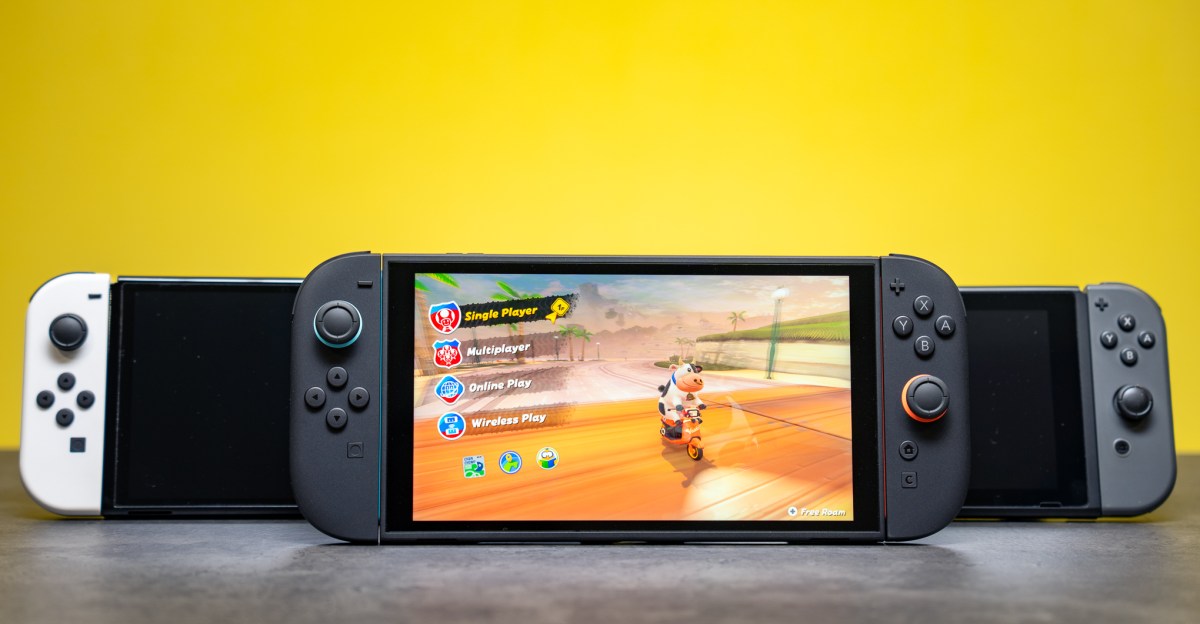
We confirmed Nintendo’s Switch 2 TV dock supports VRR — so why doesn’t it work with Switch 2?
You want your games to play the smoothest they possibly can — but sometimes, screen technology gets in the way. That’s why some of the latest TVs and handhelds feature variable refresh rate (VRR) screens that can compensate when your graphics can’t deliver a consistent 60 or 120 frames per second.
The Nintendo Switch 2 has a VRR screen — and originally, Nintendo advertised that the Switch 2 would also work with your VRR-capable TV. But Nintendo soon scrubbed mentions of docked VRR from its website, and on May 16th, it apologized. “Nintendo Switch 2 supports VRR in handheld mode only,” the company told Nintendo Life, apologizing for “the incorrect information.”
But I’ve just confirmed that the official Nintendo Switch 2 dock does support VRR — by plugging the Steam Deck into it.
VRR works. Photo by Sean Hollister / The VergeIn fact, we found multiple rival handhelds can output 4K at 120Hz with both HDR and VRR if you plug them into the Nintendo Switch 2 dock. I saw the same with the Lenovo Legion Go S with SteamOS, and an Asus ROG Ally X with Bazzite. We got the idea from Reddit, where u/DynaMach and others have reported VRR working this way.
It’s not particularly practical to play a PC handheld via Nintendo’s dock, because you’ll need a female-to-male USB-C extension cable and you’ll need to continually hold it against Nintendo’s spring-loaded platform to keep it from getting ejected — but I just so happened to have one of those cables lying around.
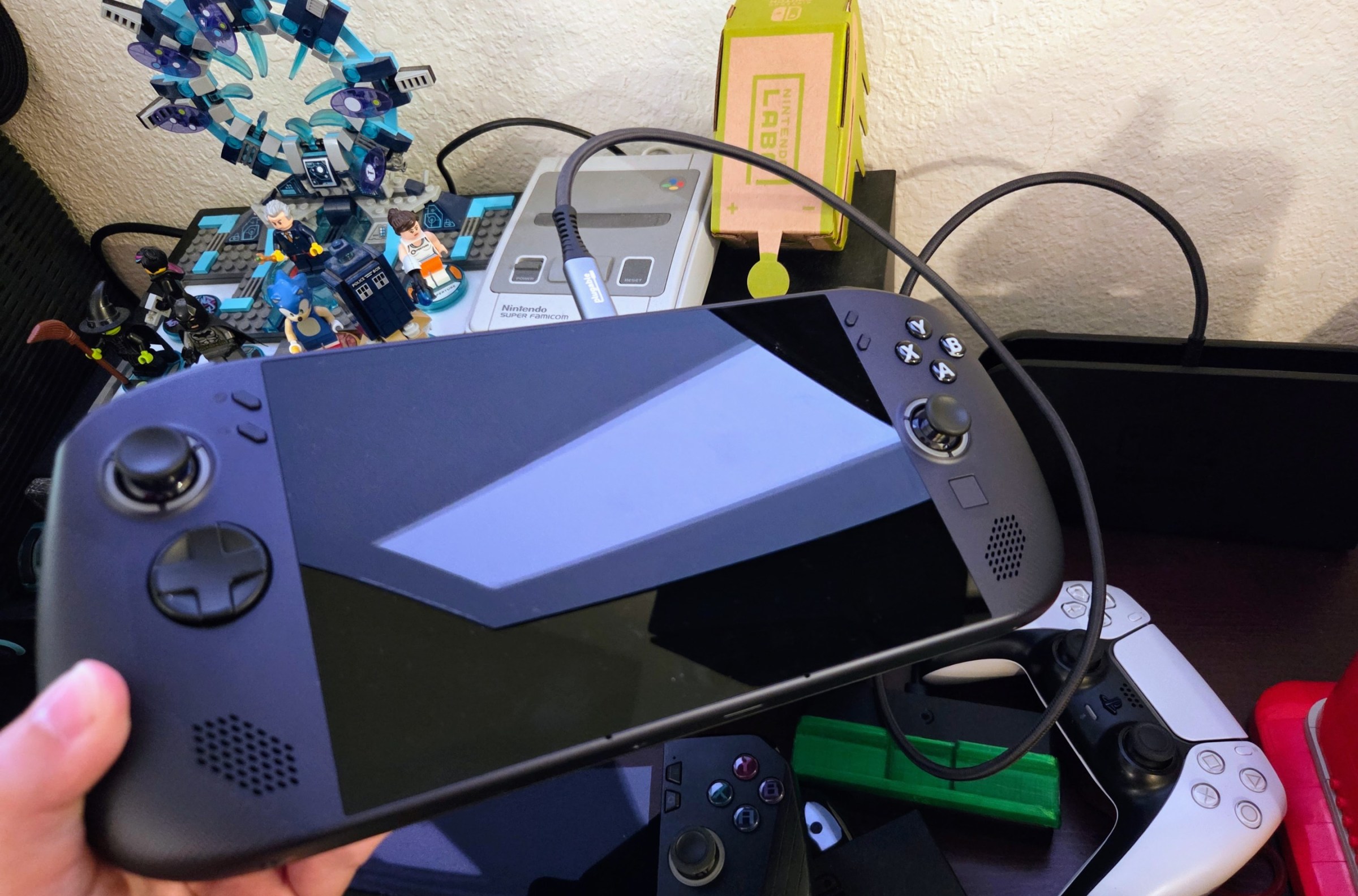
A Legion Go S with SteamOS plugged into the Switch 2 dock with a USB-C extension. Photo by Sean Hollister / The VergeAnd before you ask, yes, I did actually test that 4K VRR actually works at up to 120 frames per second — I didn’t just trust SteamOS’s flag that it was supported. I downloaded the open-source VRRTest tool and messed with various settings, just to check that intermediate framerates between 48fps and 60fps and 90fps all stayed smooth on my TV.
So if the Switch 2 supports VRR, and the dock supports VRR, why does Nintendo not offer VRR display output from the Nintendo Switch 2?
It would be a boon in many games, whether we’re talking about games like Cyberpunk 2077 that don’t run at 60fps on Switch to begin with, or even games that only occasionally dip below that threshold (say, 55fps) where that dip currently manifests as a big stutter in your gameplay.
Personally, I think it’s possible Nintendo just doesn’t think the Switch 2 is ready to put it on the big screen.
Last month, Digital Foundry found “clear problems” even in the Switch 2’s handheld VRR mode, including judder in Cyberpunk 2077 and No Man’s Sky’s 40fps “performance” modes, and even in Hitman: World of Assassination’s unlocked-but-capped 60fps mode — even though Nintendo’s own Welcome Tour showed proper VRR support.
“Clearly the feature is in there and working, because the Welcome Tour proves it, but the actual implementation in other games so far is disappointing,” Digital Foundry’s Rich Leadbetter explained on a podcast.
But if you’re looking for technical reasons why Nintendo might not pass along VRR to the official dock, Leadbetter tells me he hasn’t yet heard a good theory. He does believe, however, that Nintendo probably made an honest mistake when it wrote, then apologized for writing, that the Switch 2 would support VRR in TV mode. He doubts that Nintendo axed the feature at the last minute.
This is just the latest technological weirdness around the Switch 2’s launch, like we saw when testing the Switch 2’s semi-locked-down USB-C video output and why the best webcams didn’t work.
But as before, Nintendo is staying silent: it didn’t have a comment for our story.
Continue Reading
-
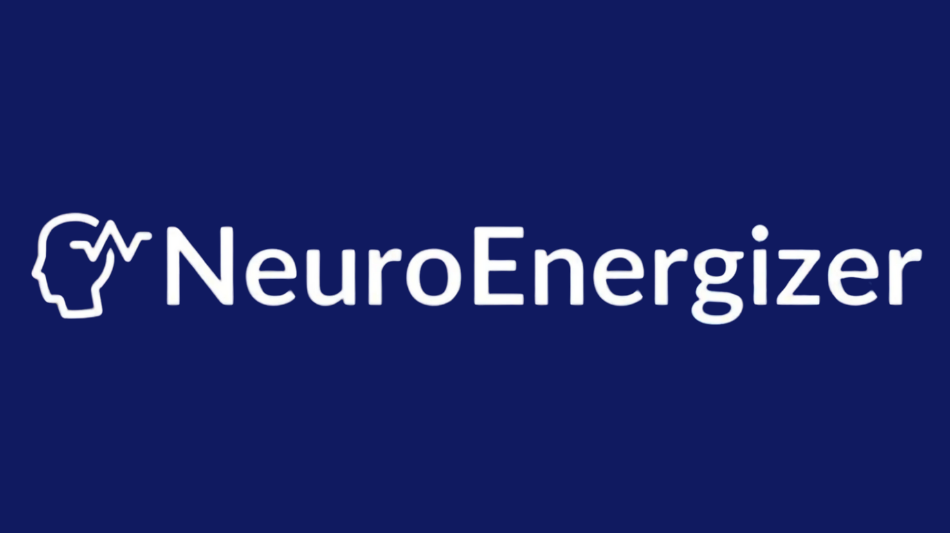
NeuroEnergizer 2025 Update Positions OTC Audio Program at Forefront of Cognitive Wellness Movement
NeuroEnergizer Binaural beat-based audio suite supports focus, rest, and digital clarity with a non-invasive, non-clinical format—now updated for 2025.
Austin, July 03, 2025 (GLOBE NEWSWIRE) —
NeuroEnergizer 2025 Launches Strongest-Ever Sound-Based Focus Tool for OTC Digital Wellness Market Neuro Energizer has officially released its 2025 update to NeuroEnergizer™, the company’s flagship binaural beat audio suite designed for non-clinical cognitive support. Positioned at the forefront of the over-the-counter digital wellness category, NeuroEnergizer™ continues to gain traction among consumers seeking passive, sound-based formats for enhancing focus and promoting calm. As public interest grows in non-ingestive mental clarity tools, the program has emerged as one of the most frequently discussed offerings in online wellness forums, thanks to its minimalist design and fully downloadable format.
Section 1 – Introduction: Understanding the Rise of Audio-Based Cognitive Tools
As search patterns surrounding non-clinical cognitive support tools continue to evolve, audio-based formats are becoming an area of growing consumer interest. With increasing public awareness around overstimulation and digital burnout, many individuals are exploring alternative wellness formats that emphasize minimalism and non-ingestive approaches.
Online platforms have seen a noticeable uptick in discussions about binaural beats, a form of auditory stimulation where slightly varied frequencies in each ear create the perception of a new tone in the brain. While not presented as a treatment or guaranteed result-based system, the interest in these programs often stems from a broader curiosity in neuroscience-adjacent self-help strategies.
The growing preference for digital delivery—especially formats that can be used passively while studying, resting, or meditating—continues to shape this segment of the wellness market. As a response, new brands and legacy wellness providers alike are investigating how sound-based tools may offer non-disruptive, low-risk avenues for individuals seeking gentle support for mental clarity.
To access the full program and accompanying materials, visit the official digital platform.
Section 2 – NeuroEnergizer™ 2025 Program Overview and Platform Accessibility Update
Neuro Energizer has released a detailed update on its flagship audio-based program, NeuroEnergizer™, reaffirming its positioning within the growing category of digital cognitive support tools. The product is structured around the use of binaural beats, an auditory method that produces frequency illusions in the brain when two slightly different tones are played in each ear. This approach remains aligned with rising interest in sound-based wellness models that require no supplements or wearable devices.
Continue Reading
-
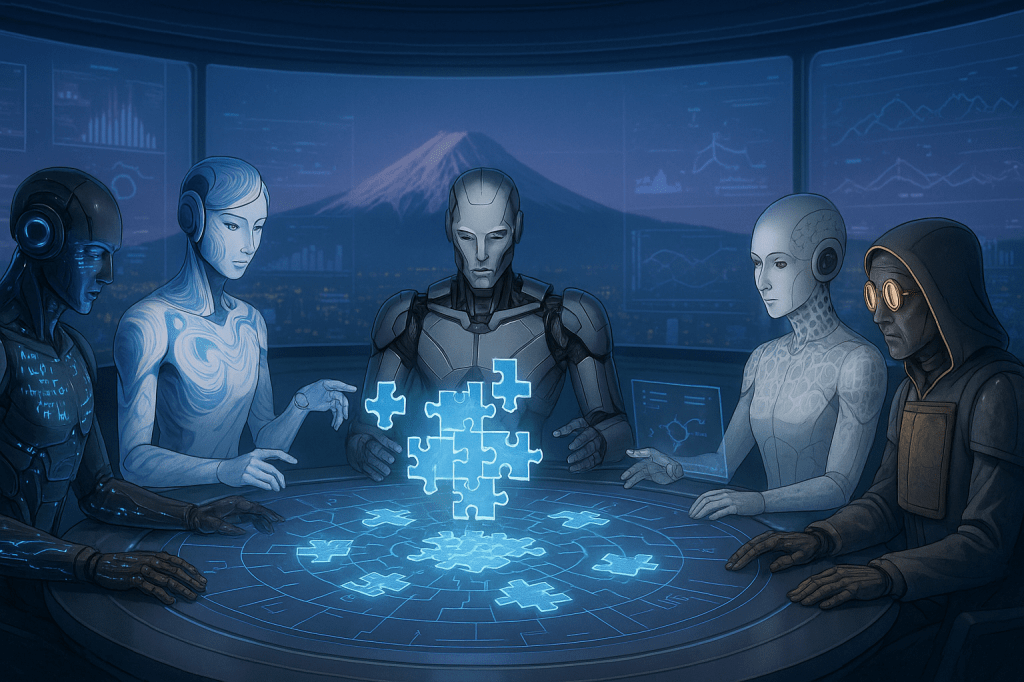
Sakana AI’s TreeQuest: Deploy multi-model teams that outperform individual LLMs by 30%
Want smarter insights in your inbox? Sign up for our weekly newsletters to get only what matters to enterprise AI, data, and security leaders. Subscribe Now
Japanese AI lab Sakana AI has introduced a new technique that allows multiple large language models (LLMs) to cooperate on a single task, effectively creating a “dream team” of AI agents. The method, called Multi-LLM AB-MCTS, enables models to perform trial-and-error and combine their unique strengths to solve problems that are too complex for any individual model.
For enterprises, this approach provides a means to develop more robust and capable AI systems. Instead of being locked into a single provider or model, businesses could dynamically leverage the best aspects of different frontier models, assigning the right AI for the right part of a task to achieve superior results.
The power of collective intelligence
Frontier AI models are evolving rapidly. However, each model has its own distinct strengths and weaknesses derived from its unique training data and architecture. One might excel at coding, while another excels at creative writing. Sakana AI’s researchers argue that these differences are not a bug, but a feature.
“We see these biases and varied aptitudes not as limitations, but as precious resources for creating collective intelligence,” the researchers state in their blog post. They believe that just as humanity’s greatest achievements come from diverse teams, AI systems can also achieve more by working together. “By pooling their intelligence, AI systems can solve problems that are insurmountable for any single model.”
Thinking longer at inference time
Sakana AI’s new algorithm is an “inference-time scaling” technique (also referred to as “test-time scaling”), an area of research that has become very popular in the past year. While most of the focus in AI has been on “training-time scaling” (making models bigger and training them on larger datasets), inference-time scaling improves performance by allocating more computational resources after a model is already trained.
One common approach involves using reinforcement learning to prompt models to generate longer, more detailed chain-of-thought (CoT) sequences, as seen in popular models such as OpenAI o3 and DeepSeek-R1. Another, simpler method is repeated sampling, where the model is given the same prompt multiple times to generate a variety of potential solutions, similar to a brainstorming session. Sakana AI’s work combines and advances these ideas.
“Our framework offers a smarter, more strategic version of Best-of-N (aka repeated sampling),” Takuya Akiba, research scientist at Sakana AI and co-author of the paper, told VentureBeat. “It complements reasoning techniques like long CoT through RL. By dynamically selecting the search strategy and the appropriate LLM, this approach maximizes performance within a limited number of LLM calls, delivering better results on complex tasks.”
How adaptive branching search works
The core of the new method is an algorithm called Adaptive Branching Monte Carlo Tree Search (AB-MCTS). It enables an LLM to effectively perform trial-and-error by intelligently balancing two different search strategies: “searching deeper” and “searching wider.” Searching deeper involves taking a promising answer and repeatedly refining it, while searching wider means generating completely new solutions from scratch. AB-MCTS combines these approaches, allowing the system to improve a good idea but also to pivot and try something new if it hits a dead end or discovers another promising direction.
To accomplish this, the system uses Monte Carlo Tree Search (MCTS), a decision-making algorithm famously used by DeepMind’s AlphaGo. At each step, AB-MCTS uses probability models to decide whether it’s more strategic to refine an existing solution or generate a new one.
Different test-time scaling strategies Source: Sakana AI The researchers took this a step further with Multi-LLM AB-MCTS, which not only decides “what” to do (refine vs. generate) but also “which” LLM should do it. At the start of a task, the system doesn’t know which model is best suited for the problem. It begins by trying a balanced mix of available LLMs and, as it progresses, learns which models are more effective, allocating more of the workload to them over time.
Putting the AI ‘dream team’ to the test
The researchers tested their Multi-LLM AB-MCTS system on the ARC-AGI-2 benchmark. ARC (Abstraction and Reasoning Corpus) is designed to test a human-like ability to solve novel visual reasoning problems, making it notoriously difficult for AI.
The team used a combination of frontier models, including o4-mini, Gemini 2.5 Pro, and DeepSeek-R1.
The collective of models was able to find correct solutions for over 30% of the 120 test problems, a score that significantly outperformed any of the models working alone. The system demonstrated the ability to dynamically assign the best model for a given problem. On tasks where a clear path to a solution existed, the algorithm quickly identified the most effective LLM and used it more frequently.
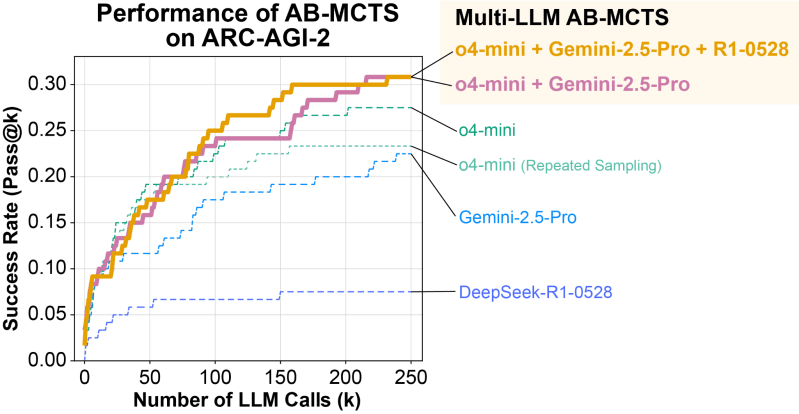
AB-MCTS vs individual models Source: Sakana AI More impressively, the team observed instances where the models solved problems that were previously impossible for any single one of them. In one case, a solution generated by the o4-mini model was incorrect. However, the system passed this flawed attempt to DeepSeek-R1 and Gemini-2.5 Pro, which were able to analyze the error, correct it, and ultimately produce the right answer.
“This demonstrates that Multi-LLM AB-MCTS can flexibly combine frontier models to solve previously unsolvable problems, pushing the limits of what is achievable by using LLMs as a collective intelligence,” the researchers write.

AB-MTCS can select different models at different stages of solving a problem Source: Sakana AI “In addition to the individual pros and cons of each model, the tendency to hallucinate can vary significantly among them,” Akiba said. “By creating an ensemble with a model that is less likely to hallucinate, it could be possible to achieve the best of both worlds: powerful logical capabilities and strong groundedness. Since hallucination is a major issue in a business context, this approach could be valuable for its mitigation.”
From research to real-world applications
To help developers and businesses apply this technique, Sakana AI has released the underlying algorithm as an open-source framework called TreeQuest, available under an Apache 2.0 license (usable for commercial purposes). TreeQuest provides a flexible API, allowing users to implement Multi-LLM AB-MCTS for their own tasks with custom scoring and logic.
“While we are in the early stages of applying AB-MCTS to specific business-oriented problems, our research reveals significant potential in several areas,” Akiba said.
Beyond the ARC-AGI-2 benchmark, the team was able to successfully apply AB-MCTS to tasks like complex algorithmic coding and improving the accuracy of machine learning models.
“AB-MCTS could also be highly effective for problems that require iterative trial-and-error, such as optimizing performance metrics of existing software,” Akiba said. “For example, it could be used to automatically find ways to improve the response latency of a web service.”
The release of a practical, open-source tool could pave the way for a new class of more powerful and reliable enterprise AI applications.
Continue Reading
-
Destiny: Rising – Official Release Date Announcement Trailer – MSN
- Destiny: Rising – Official Release Date Announcement Trailer MSN
- The Destiny Mobile Game Spin-Off Is Slated For Late August Kakuchopurei
- Destiny Rising Release Date Confirmed, New Trailer and Global Pre-Registration Now Live The Game Post
- Destiny: Rising launches August 28 Gematsu
- New Destiny Mobile Game Gets a Release Date & New Trailer ComicBook.com
Continue Reading
-
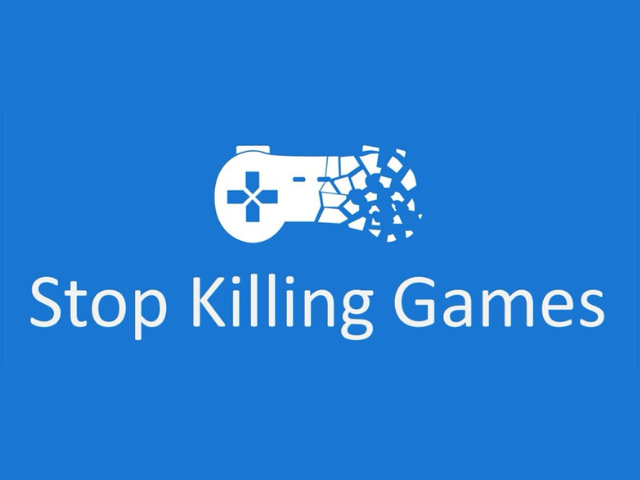
Stop Killing Games hits 1M signatures after PewDiePie and Asmongold support
The Stop Killing Games campaign has officially reached its goal of one million signatures, thanks in part to high-profile support from PewDiePie, Asmongold, Jacksepticeye, and even Elon Musk.
The movement, launched by YouTuber Accursed Farms in April 2024, advocates for the preservation of online games after official support ends.
The site says we have cleared 1 million signatures! I hate being like this, but there’s a chance a significant number of them aren’t real. That means we have to keep signing in overdrive mode to make up for them! I’ll have a video on this later today.https://t.co/EpnNTDR85U
— Accursed Farms (@accursedfarms) July 3, 2025
The campaign is part of a European Citizens’ Initiative pushing for legislation that would require developers to keep online games accessible even after sunset. The one million signature milestone, confirmed on July 3, 2025, brings the initiative closer to potentially influencing EU law.
Accursed Farms celebrated the achievement in a tweet but warned that not all signatures may be valid, stating, “There’s a chance a significant number of them aren’t real,” urging continued participation to meet the verified threshold.
Massive traffic following endorsements briefly took down the campaign’s website. PewDiePie, in a YouTube post, expressed “100% support” for the cause. Jacksepticeye called it “an absolute win” in a video on his secondary channel, and Asmongold encouraged EU-based gamers to sign via Twitter. Elon Musk amplified the movement further by retweeting Asmongold’s message to over 220 million followers.
10 months and over 800k signatures later, the Stop Killing Games initiative is almost across the finish line of 1 million.
If you’re from the EU and care about game preservation and consumer rights, consider signing this petitionhttps://t.co/cAyvKnSoPU
— Zack (@Asmongold) July 2, 2025
Elon Musk is on board with the Stop K*lling Games initiative
Retweets Asmongold promoting the petition to his nearly 222 million followers pic.twitter.com/iYyPgdAarg
— yeet (@Awk20000) July 3, 2025
The campaign’s success comes after criticism from Pirate Software, who argued the initiative was vague and impractical. Following backlash and review bombing of his games, he stepped down from his position at Offbrand Games.
The milestone marks a major victory for online game preservation advocates and signals growing momentum in the fight for digital gaming rights.
Continue Reading
-

Motorola’s July 4th Sale Can Save You Up to $650 on Popular Phones Like the Foldable Razr Ultra
The Fourth of July holiday weekend is upon us and with it a huge array of bargains to be had. If you’ve been thinking about a new Android phone, Motorola is having a big sale on its most popular devices, making these already affordable options even more attainable. With savings of up to $650 on phones in the Razr, Edge and Moto G families, there’s something for every style and budget. Just keep in mind that these deals are likely to fade as fast as fireworks in the sky. We don’t have an exact end date, but “limited time” means if you see something you like, don’t wait.
The Motorola Razr Ultra 2025 is the company’s competitively priced foldable phone. You can pick one up with 1TB of storage for $1,300, which is $200 off the regular price and available in a variety of colors and finishes. If you prefer the Motorola Razr Plus 2024 model instead, you’ll find that starting at $799, again $200 less than the typical retail price. We spotted this same deal at Amazon right now as well, if you prefer to shop there.
Hey, did you know? CNET Deals texts are free, easy and save you money.
If the Motorola Edge lineup is more your style for a limited time, you can get the Motorola Edge 2024 for just $350 and the Motorola Edge Plus 2023 for $400, both deals reflecting a $400 savings. We also spotted the Edge 2024 for the same price of $350 at Best Buy.
And for the most wallet-friendly phones, the Moto G phones make a great option. These already super-affordable phones are now even less, including the Moto G Power 5G 2024, which is $210 at Amazon or at Motorola, a price that falls $90 below the regular cost.
More Motorola July 4th phone deals:
MOBILE DEALS OF THE WEEK
Deals are selected by the CNET Group commerce team, and may be unrelated to this article.
Why this deal matters
Concerns over the rising cost of tech because of tariffs may have you feeling more urgent about getting a new phone before there’s a further price increase. Between the Fourth of July discounts and forthcoming Prime Day offers, it’s a great time to stock up on tech. Motorola is already known for making some of the more affordable Android phones on the market, including foldable options, so if you’ve been wanting to upgrade or try one out, this July 4th sale is the time to do it.
Continue Reading
-
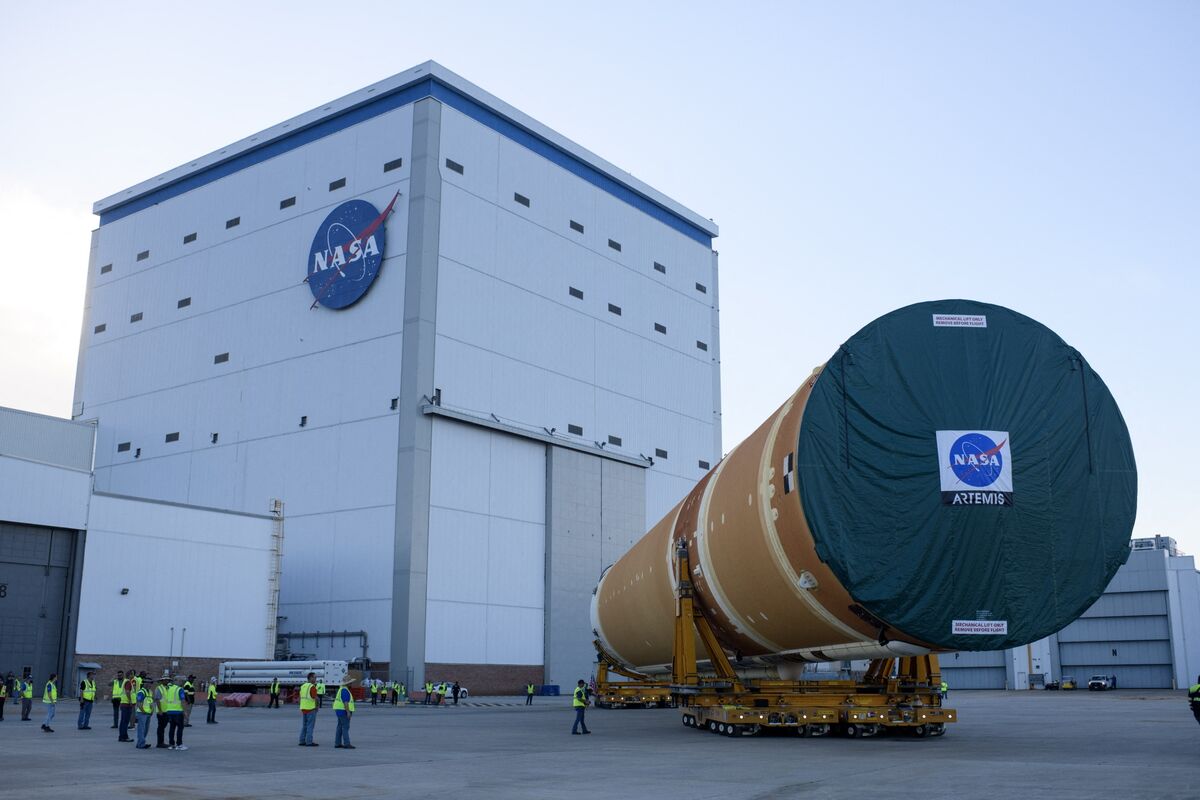
GOP Tax Package Gives NASA Billions After Trump Proposed Cuts
The massive GOP tax and spending package, passed by the House of Representatives on Thursday, will provide $10 billion to NASA programs that the administration had proposed to partially cut, including the space agency’s marquee moon program and operations at the International Space Station.
The reconciliation package includes $4.1 billion for NASA’s Boeing Co.-built Space Launch System, or SLS, rocket and $20 million directed to the Lockheed Martin Corp. Orion crew capsule to help fund the fourth and fifth missions of the agency’s Artemis moon program. These missions, which Trump had suggested canceling in his original budget request, would establish a lunar space station called Gateway and utilize a contracted landing system from Blue Origin for the first time to place humans on the moon.
Continue Reading
